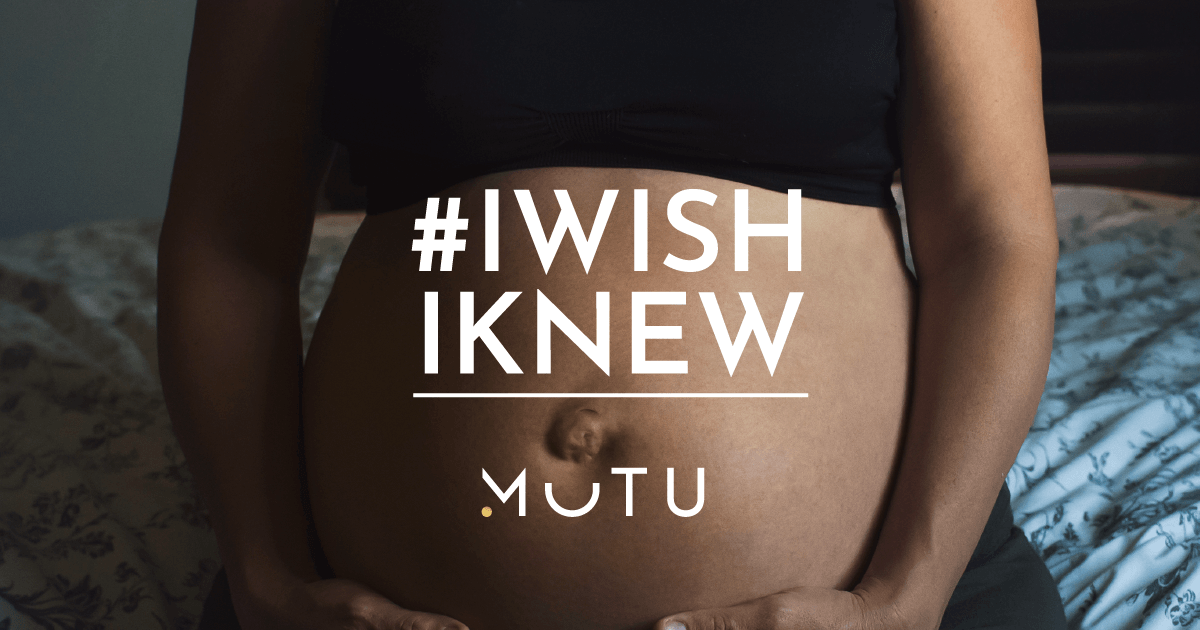Self regulation and listening to your body are key when it comes to continuing core exercises you were doing before, during pregnancy. Traditional core exercises such as planks or side planks can still be performed during pregnancy as long as you feel safe and comfortable while doing them. You will need to modify your pregnancy ab workout by the second or third trimester as your abdomen grows.
Consider the changes that are happening to the length of the abdominal muscles as your baby grows and how this will impact the load those muscles can withstand, especially in a prone (face down) position.
You can modify plank type movements by using an incline (elbows on a bench, higher than your body) to reduce the load, or if on the floor you can drop both knees and/or bring your knees in closer.
Crunches or curl ups will need modifying for sure, as the movement puts pressure on a major blood vessel and may lead to dizziness or nausea.
The most important considerations for a pregnancy ab workout are:
- To reduce the load on the abdome
- To reduce pressure on the pelvic floor
- To maintain correct form and breathing technique.
If any of these are uncertain or compromised, avoid crunches and planks for the remainder of your pregnancy.
Many supine (back-lying) exercises, such as heel drops, can be modified by moving to side lying and using pillows or blocks for support. Place bolsters under your bump, between your knees and anywhere that feels more comfortable.
Any bulging or doming of the abdomen or pelvic floor symptoms such as dragging or pressure are signs to modify, and if the symptoms don’t then resolve, stop.
Red flag summary for a pregnancy ab workout :
- Pain, bleeding, amniotic fluid leakage or contractions (seek medical assistance immediately)
- Bulging of the abdominal wall, especially along the midline
- Dizziness, nausea, tingling in legs, or difficulty breathing caused by prolonged exercise in supine in the later stages of pregnancy
- Breathlessness or overexertion
- Leaking urine
- Heaviness or dragging sensation in the perineum
The most important core exercises of all though, are the foundational core and pelvic floor exercises in MUTU Core. These simple breathing strategies guide you to tune in and intentionally connect with your deep core and pelvic floor.
These specific core exercises during pregnancy will help establish familiarity and connection with what it feels like to engage your core and your pelvic floor correctly . This will serve you post-birth when abdominal muscles and/or pelvic floor muscles may be tender, numb, traumatized or lacking in sensitivity.
Practice will also bring awareness of any tendency to hold your breath or grip your abdominal or pelvic floor muscles. It will certainly help with coordination of the pelvic floor and abdominal muscles with natural breathing function and with all movement and exercise.
Wondering about diastasis recti during pregnancy? Read THIS.












